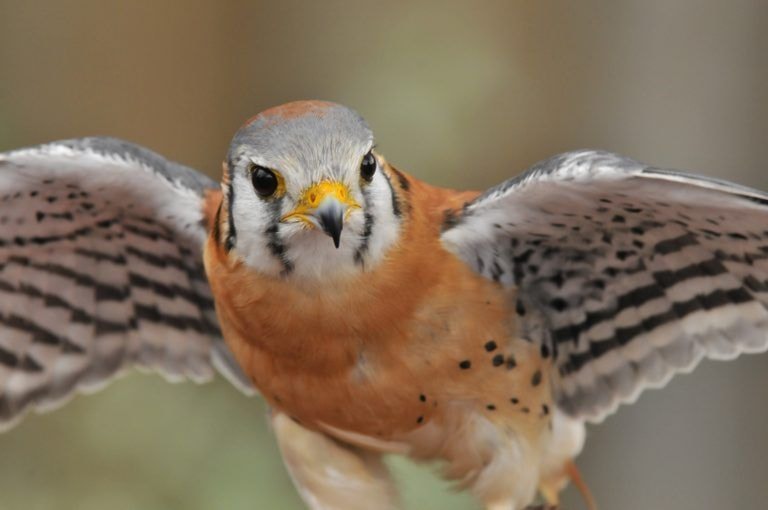More summer birds are starting to over-winter in Central Alberta, heightening fears about climate change.
Suddenly the kestrels, grackles, and crows, that should be gone to southern climes are showing up in the Christmas bird count, said area naturalist Judy Boyd, who’s compiling collected information.
She believes more area residents are feeding birds, and this could be delaying their migration to more temperate zones. If smaller prey birds are staying longer, some larger raptors might be sticking around, too, she reasoned.
But Boyd also wonders whether unseasonable weather is confusing the feathered fliers. “The weather has gotten strange,” she noted — for instance, November was unusually mild.
Boyd has no idea if birds can sense a warm fall approaching. “So much is not known about migration — why birds migrate, and what triggers it. Even the scientists don’t know …”
She was surprised by the sighting of an American kestrel in Central Alberta earlier this month. The oddness of this small raptor still being here was underlined by past bird counts — records show that an over-wintering kestrel has not been seen in the area since 1989.
While this could be a fluke, Boyd said other summer birds are also turning up — including the common grackle, northern harrier, and prairie falcon. A hundred American crows were also spotted in a field near Rocky Mountain House.
“There have always been one, or two crows that have stayed, but nothing like 100 crows!” she said. “They should all be gone …”
Over the past two decades, birdwatchers have noticed northern flickers change their migratory habits. Many now stay year round, but Boyd said this was unheard of 25 years ago. “In the ’80s, you never had flickers here” in the winters.
As a volunteer at the Medicine River Wildlife Centre, she’s concerned odd weather could be affecting all stages of bird development. Last summer she noticed many young birds were kicked out of the nest earlier than usual. Most appeared to be doing OK, but “weird stuff is happening,” she added.
About 80 volunteers participated in the 2016 Central Alberta bird count on Dec. 18. This number is lower than in past years. Boyd hopes more young people will come on board to replace those who are aging, and unable to get outdoors, for the count.
lmichelin@www.reddeeradvocate.com
